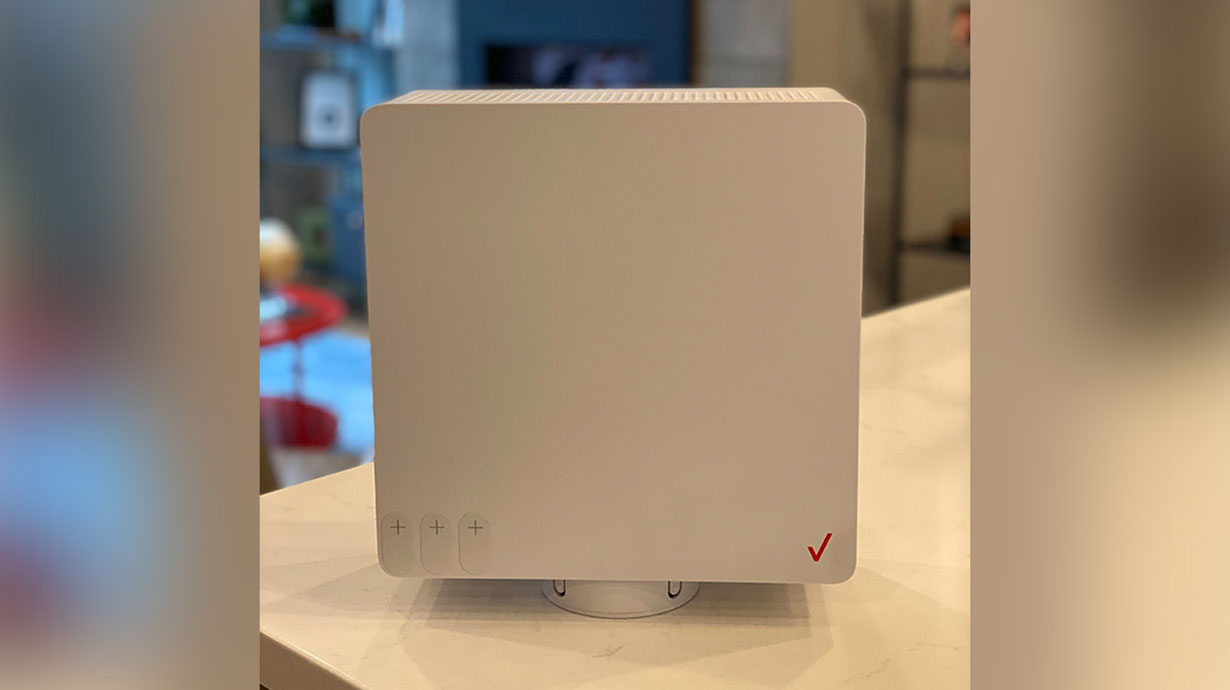Treatment could be introduced to the sufferers, and patient statistics may be centralized, “turning hospitals into information facilities,” a telco equipment maker says in a recent document.

Ericsson, in its 2017 Mobility report (PDF), posted this month, says affected person treatment will, inside the future, not be carried out in hospitals placed some distance from patients’ houses, however, accomplished remotely through the new 5G wireless radio.
Wearables can be most of the tools used for preserving an eye on oldsters’ fitness and allotting medicine. Diagnosis might be made thru on-line consultations, and robots will remotely execute surgeries at close by healthcare clinics instead of far-off hospitals.
Ericsson is a cellular technology agency actively involved in 5G wireless improvement, which it’s pitching at Internet of Things (IoT) uses. It says IoT devices are well known will increase at a Compound Annual Growth Rate (CAGR) of 21 percent between 2016 and 2022 and that there may be a 1. Five billion cellular IoT gadgets through 2022. That’s in part due to 5G.
This vision of decentralized healthcare is an example of something pushed via next-era wireless networks, the business enterprise pitches in its document. An exemplary aspect: Patients are demoralized by the fees and inconvenience of scientific interest, Ericsson factors out, yet hospitals need to reduce costs.
RELATED ARTICLES :
- The Key to Using the Powerful Law of Attraction
- Is Chrome OS proper for you? A three-query quiz to discover
- Is it time to swap your Mac for a Windows laptop?
- Choosing Your Next Template Or Theme – Less Painful Than Going to the Dentist
- Five Tips for Designers New to WordPress
5G gadgets, with low energy consumption of in all likelihood up-to-10-years battery existence, at the side of new-located, low-latency that is expected to emerge as feasible with the millimeter frequencies in the spectrum used, may want to deliver haptic feedback. That is probably excellent sufficient to provide a feel of close-to-real-time touch for surgeries. 5G latency rates can be an unmarried millisecond—compared to 4G LTE’s 50 milliseconds, Ericsson explains.
Additionally, 5G, with its probably sparkling technique to protection, is perhaps more watertight than existing communications channels and therefore higher applicable to healthcare.
5G’s rollout, coming commercially as early as 2020, is “due to provide 10 to a hundred times greater potential than 4G,” according to Ericsson. Interestingly, even though the 5G tech may want to stumble upon hassle, in line with a consultant.
A bump in the road to 5G
It isn’t all approximately wireless, representative Deloitte says. For 5G to reap its recommended blockbuster popularity, the U.S. Must spend money on fiber, which isn’t always sufficient.
“The fulfillment of 5G wireless will hinge on deep fiber,” the company says in a press release.
Deloitte says that networks within the U.S. Don’t have the “fiber density” to deal with the bandwidth demands of destiny 5G programs. One issue is that the character of shorter-distance millimeter spectrum is that it wishes different cell websites. They need connecting.
“Without extra deep fiber, companies could not be able to aid the projected four-times increase in cell facts traffic among 2016 and 2021,” Deloitte says.
(Ericsson’s modern-day projection is a 33 percent compound annual growth price for U.S. Cell statistics between 2016 and 2022).
It will take “an investment of $a hundred thirty billion to $one hundred fifty billion in fiber infrastructure over the following five to seven years to thoroughly aid broadband competition, rural coverage, and wireless densification [needed for 5G],” Deloitte says.
So, 5G may not be as easy because the pre-advertising rhetoric suggests. Someone has to come up with, and pay for, more underlying community, Deloitte says.




